
The snail darter is a small species of freshwater ray-finned fish, a darter from the subfamily Etheostomatinae, part of the family Percidae, which also contains the perches, ruffes and pikeperches. It is found in East Tennessee freshwater in the United States and in small portions of northern Alabama and Georgia. First recorded in 1973, the snail darter was listed as endangered under the U.S. Endangered Species Act of 1973 by 1975. The species was at the center of a major environmental law controversy that involved a lawsuit seeking to halt the completion of Tellico Dam, which posed a risk of extinction for the snail darter by blocking its migratory route. The case was eventually appealed to the U.S. Supreme Court, which ruled on it in its 1978 decision Tennessee Valley Authority v. Hill.
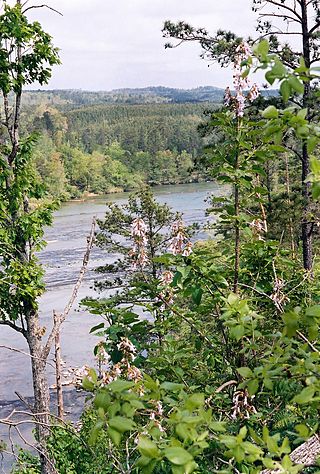
The Cahaba River is the longest substantially free-flowing river in Alabama and is among the most scenic and biologically diverse rivers in the United States. It is a major tributary of the Alabama River and part of the larger Mobile River basin. With headwaters near Birmingham, the Cahaba flows southwest, then at Heiberger turns southeast and joins the Alabama River at the ghost town and former Alabama capital of Cahaba in Dallas County. Entirely within central Alabama, the Cahaba River is 194 miles (312 km) long and drains an area of 1,870 square miles (4,800 km2). The name Cahaba is derived from the Choctaw words oka meaning "water" and aba meaning "above"

Elimia is a genus of freshwater snails with an operculum, aquatic gastropod mollusks in the family Pleuroceridae. Various species are found in creeks throughout much of the eastern and central United States and the Great Lakes region of Canada. Fossils have been found across the whole of the North American continent, including from the Paleocene of Mexico and the Eocene of California. They were formerly included in the genus Goniobasis, together with the western Juga species.
The lacy elimia, also known as the lacey elimia, scientific name Elimia crenatella, is a species of freshwater snail with a gill and an operculum, an aquatic gastropod mollusk in the family Pleuroceridae.
Elimia gibbera, the shouldered elimia, is a species of freshwater snails in the family Pleuroceridae. This species was endemic to Alabama, the United States, with records from the Coosa River. It is now considered extinct, the attributed cause is land-use change. Already in 1936, Calvin Goodrich wrote that "To a large extent, the goniobasic fauna of the Coosa Biver must be spoken of in the past tense".
The hearty elimia, Elimia jonesi, is an extinct species of freshwater snails in the family Pleuroceridae. This species was endemic to Alabama, the United States, with records from the Coosa River. It is now considered extinct, having not been reported since the river was impounded, despite surveys. The specific name jonesi honors Walter Jones, state geologist of Alabama.
The upland combshell was a species of freshwater mussel in the family Unionidae. It was endemic to the upper Mobile River Basin in the southeastern United States.

Fusconaia escambia, the narrow pigtoe, is a freshwater bivalve mussel found in Alabama and northwestern Florida. The narrow pigtoe was first discovered in the Escambia River in Alabama and Florida.
Lampsilis rafinesqueana, the Neosho mucket or Neosho pearly mussel, is a species of North American freshwater mussel endemic to Arkansas, Oklahoma, Illinois, Missouri and Kansas.

Leptoxis ampla, common name the round rocksnail, is a species of freshwater snail with a gill and an operculum, an aquatic gastropod mollusc in the family Pleuroceridae.

Leptoxis compacta, the oblong rocksnail, is a species of freshwater snail with an operculum, an aquatic gastropod mollusk in the family Pleuroceridae.

The plicate rocksnail, scientific name Leptoxis plicata, is a species of freshwater snail with a gill and an operculum, an aquatic gastropod mollusk in the family Pleuroceridae.

The painted rocksnail is a species of freshwater snail with a gill and an operculum, an aquatic gastropod mollusc in the family Pleuroceridae.
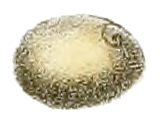
The flat pebblesnail is a species of freshwater snail, an aquatic gastropod mollusk in the family Lithoglyphidae.
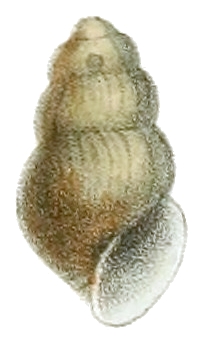
Lioplax cyclostomatiformis, the cylindrical lioplax, is a species of freshwater snail with gills and an operculum, an aquatic gastropod mollusk in the family Viviparidae.

Pleurocera is a genus of freshwater snails with an operculum, aquatic gastropod molluscs in the family Pleuroceridae.
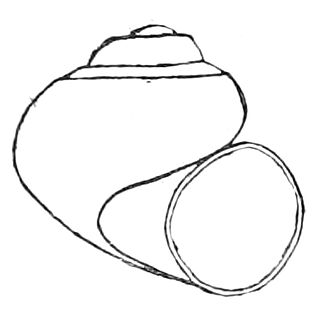
The Utah roundmouth snail, also known as the Utah valvata or desert valvata, scientific name Valvata utahensis, is a species of freshwater snail with a gill and an operculum, an aquatic gastropod mollusc in the family Valvatidae, the valve snails.
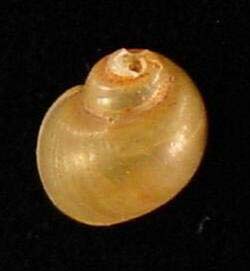
Gillia altilis, common name the Buffalo pebblesnail, is a species of freshwater snail, an aquatic gastropod mollusk with an operculum in the family Lithoglyphidae.

Elimia virginica, common names the Piedmont elimia or Virginia river snail, is a species of freshwater snail with an operculum, an aquatic gastropod mollusc in the family Pleuroceridae.
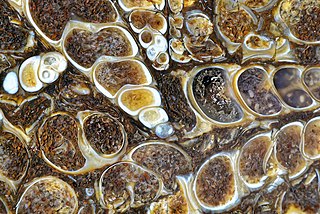
Elimia tenera, formerly known as Goniobasis tenera, is an extinct species of freshwater snail with an operculum, in the aquatic gastropod mollusk family Pleuroceridae. This species flourished during the Eocene and is now known only from the fossil record. The genus name Elimia was restored to this species in 1975; formerly it was placed in Goniobasis.















